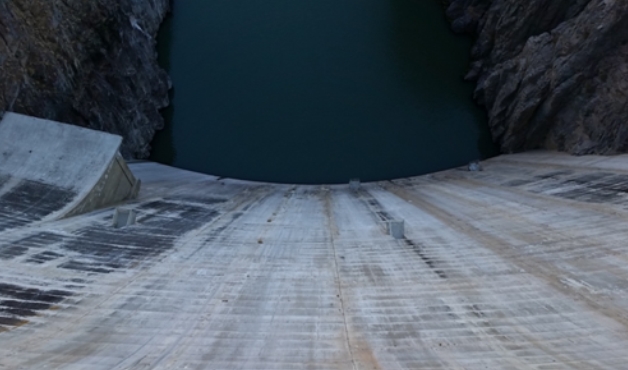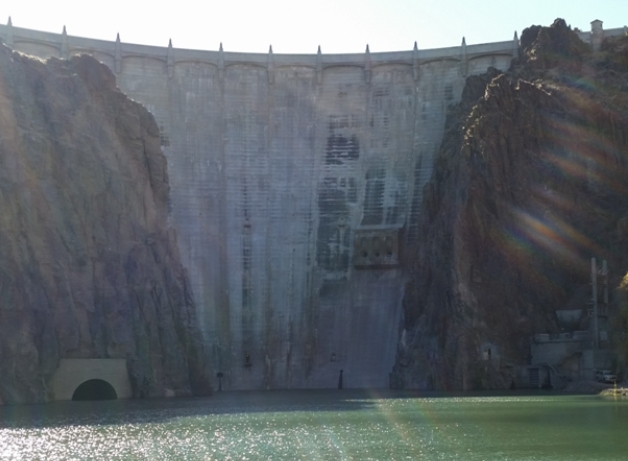Last week I had an opportunity to spend several days in Oregon’s Owyhee Basin. The Owyhee Basin is one of the largest drainages in the Columbia Basin, covering 11,049 square miles in the southeast corner of Oregon, northeast Nevada, and southwest Idaho. By way of comparison, this basin encompasses an area larger than the State of Massachusetts. The Owyhee River travels nearly 350 miles through the high desert from its source in northern Nevada to its confluence with the Snake River about one hour west of Boise, Idaho.
The confluence is just upstream from the location where travelers on the Oregon Trail crossed the Snake River into the Oregon Territory. Some of these travelers chose to stay in the Treasure Valley, where they diverted the waters of the Snake and Owyhee Rivers to irrigate about 6,000 acres of land close to the rivers. However, these water sources did not provide reliable late-season water, nor did they allow for irrigation of higher elevation lands, meaning that the early settlers were limited in the amount of land they could cultivate.
This all changed in 1926 when President Coolidge approved the Owyhee Reclamation Project. The Project called for the construction of the world’s tallest dam at the time. When the Bureau of Reclamation completed the Owyhee Dam in 1932, it stood 417 feet above the bed of the Owyee River and created a 53-mile long reservoir with a usable storage capacity of 1,120,000 acre-feet. Once Reclamation built the 900 miles of canals and drains to deliver the water, the irrigated acreage grew to more than 118,000 acres.
However, over the last three years, far fewer acres have been irrigated as the Owyhee Basin has experienced some of the worst drought conditions in the West. Nearly every available drop of stored irrigation water has been squeezed from Lake Owyhee, meaning that this year’s irrigation season will end almost one month early. It also means that next year’s water supply will be comprised only of what falls from the sky this winter. During the 2015 irrigation season, many farms went without water or were able to get only a portion of their normal allotment from the Project. For some farmers with junior water rights, this has been ruinous. But many have been able to stretch the meager water supplies because of aggressive investment in water conservation.
The local irrigation districts and the farmers have partnered in many places to pipe formerly open canals. This has eliminated canal seepage and has allowed the districts to deliver pressurized water to farmers. Approximately 70 percent of the districts’ farmers have installed high efficiency drip irrigation and pivot irrigation systems on their land, making it possible for them to irrigate the same amount of land far more efficiently than if they were flood irrigating. They have also begun installing recapture and recirculation systems to contain field runoff and reuse the water multiple times. This use of technological advances to better manage scarce water resources has allowed many farmers to stay in business despite the severe drought conditions. In addition, these changes have improved water quality in the area, minimizing or eliminating nutrient-laden runoff into the Owyhee and Snake Rivers.
With the looming potential that climate change will lead to prolonged periods of drought, it will be increasingly important to make further investments in water conservation. This will take a commitment to partnerships such as those in the Owyhee between private industry, government, and conservation groups to bring resources to the table and to invest them wisely.


For more information on this topic, please contact marketing@jordanramis.com or call (888) 598-7070.
